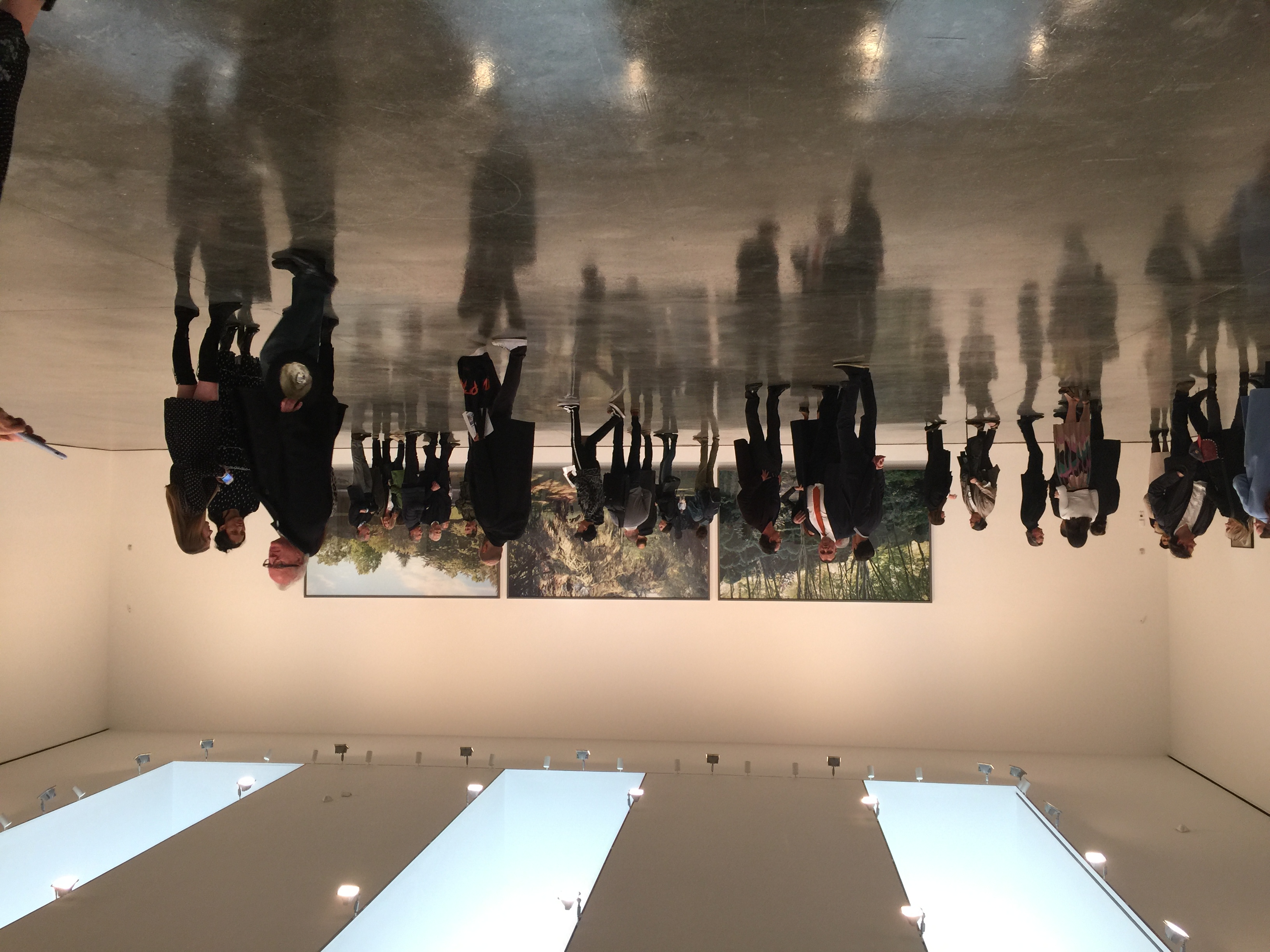Definition of Art Collections
An art collection refers to the act of continuously acquiring and permanently holding a significant number of artworks, not for sale but for preservation and personal or institutional enjoyment. These collections can be amassed by individuals or corporations based on their preferences and objectives. Personal collections often enhance the collector's image and reputation, while also potentially serving as a profitable investment. Corporate collections, on the other hand, are acquired for investment purposes and to enhance the company’s image and provide cultural enrichment for employees. In today's contemporary art scene, significant collections play a crucial role in supporting new trends in contemporary art and preserving these works for future generations.
History of Art Collections
The history of art collections dates back to ancient times. In ancient Europe and East Asia, it was common for the wealthy to collect art. During the Middle Ages, churches and royalty primarily collected artworks. In the Renaissance period, patrons like the Medici family supported artists and developed extensive collections. In the 19th and 20th centuries, personal collectors and corporate collections began to lead the modern art movement, making art collecting more widespread. Notable figures such as France’s François Pinault and the UK’s Charles Saatchi have significantly contributed to the cultural and artistic development through their contemporary art collections.
Categories of Art Collections
- Private Collection: Individuals
collect art based on their tastes and investment purposes. Private
collections play a vital role in the art market, often discovering and
supporting new artists and works.
- Corporate Collection:
Corporations collect art for image enhancement and investment purposes.
These collections are often used in corporate exhibitions and cultural
events, enhancing the company's brand value. Examples include the Samsung
Collection and the Hite Collection.
- Public Collection: Museums and
public institutions collect and exhibit artworks for the public. Public
collections play a crucial role in education and the preservation of
cultural heritage. Examples include the Metropolitan Museum of Art and the
Louvre Museum.
- Themed Collection: Art
collections focused on specific themes or genres, such as artworks from a
particular period, by a specific artist, or on a particular subject.
Notable Art Collections
- Rubell Family Collection: Located in
Miami, this collection has been amassed over 50 years by the Rubell family
and includes over 6,800 contemporary artworks, making it a significant
collection in contemporary art.
- West Collection: Managed by
Al West and his daughter Paige West, this collection includes over 3,100
contemporary artworks, displayed within SEI’s corporate environment and
through public exhibitions.
- Menil Collection: Based in
Houston, Texas, this collection was established by Dominique de Menil and
features a diverse range of contemporary and classical art.
- me Collectors Room: Located in
Berlin, this collection, founded by Thomas Olbricht, exhibits a variety of
international collections.
Roles of Art Collections
- Cultural Heritage Preservation: Collections play a crucial role in preserving
significant artworks and passing them on to future generations, thereby
contributing to the preservation of humanity’s cultural heritage.
- Supporting Artists: Collectors
economically support artists by purchasing their works, enabling them to
continue their creative endeavors, which significantly contributes to the
development of contemporary art.
- Activating the Art Market: Collections help to invigorate the art market. The
buying and selling of artworks facilitate the vibrant operation of the
market, fostering the valuation and distribution of art.
- Educational Role: Public
collections educate the public by exhibiting artworks and providing
educational programs, offering many people the opportunity to engage with
and understand art.
- Increasing Social Influence: Through collections, individuals or corporations
can enhance their image and social influence. Notable collectors can
establish themselves as cultural leaders through their collections.
Art collections play a vital role in the development of contemporary art and the preservation of cultural heritage. These collections, with their varied forms and purposes, hold significant positions in the art market.




















